Tagged Salmon Tell a Powerful Story
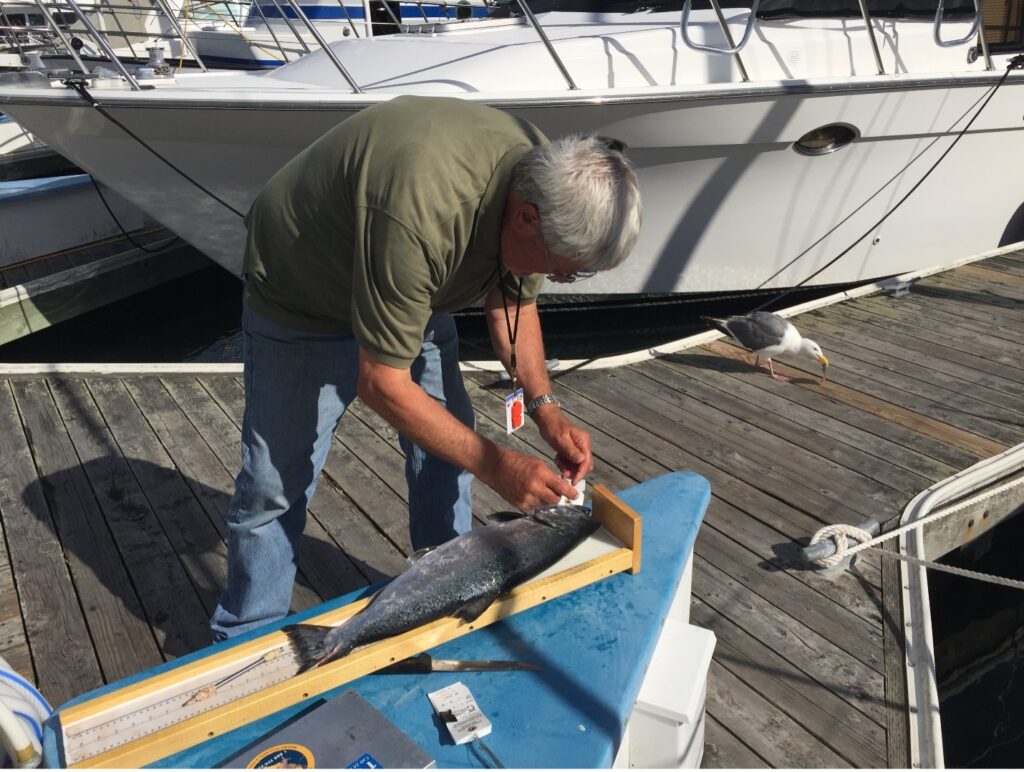
GSSA has analyzed the latest fall run salmon survival based on recovery of 2019 coded wire tags. The biggest takeaways are: hatchery fish released in Sausalito survive at a rate 70 percent better than of those released in Vallejo and many times better than those released in the Central Valley. Of note, the huge survival benefit extends to those fishing the Feather and American rivers where many of these fish return to as adults.
Another major takeaway is that the high water runoff in the spring of 2017 greatly boosted survival of all salmon stocks in the Central Valley that year, as expected. One of the biggest benefits was to those who fish the upper Sacramento River in the form of a large number of Coleman hatchery fish and naturally spawned fish that returned in 2019. This is no surprise and affirms what the best science has consistently told us for years about the primary value of spring flows to salmon.
Another takeaway is that Feather River hatchery fish released directly into the Feather River are basically wasted, except in very wet years like 2017. In more “normal” years, the data shows you might as well save the cost and time needed to produce these fish since they’re basically wasted.
The data shows that ocean fishing regulations intended to protect winter run salmon in the ocean work well, with an extremely low number of winter run incidentally caught. The data also shows that the much talked about rice field salmon rearing failed to produce a single fish that was recovered either in the ocean and inland fisheries, or in surveys of spawned carcasses.
Release of Coleman Surplus Fry on Track
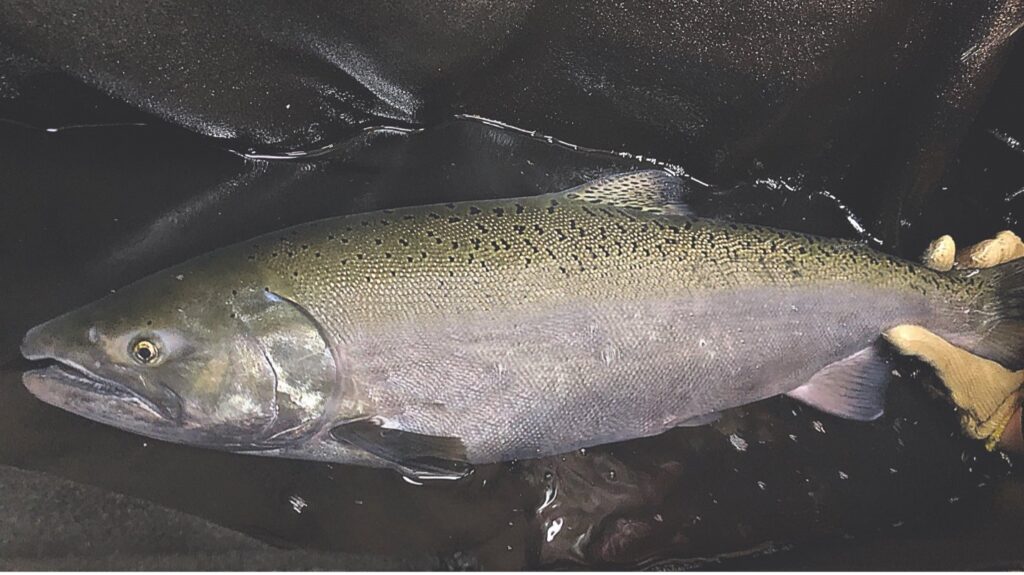
A proposal first made by GSSA to the directors of the USFWS and NMFS to restart the surplus fry program at Coleman Hatchery is set to get underway this fall, assuming the hatchery gets the extra eggs needed. The plan is to release baby salmon in excess of Coleman’s quota into the Sacramento River to see if they’ll help repopulate areas decimated by drought. A similar release of surplus fry was routine at Coleman until the 1990’s. Old timers who fish the upper river say the former releases would greatly help the annual returning population of adult fish and has been greatly missed since it was stopped decades ago. Part of the new plan calls for taking tissue samples from the adult parent salmon to allow genetic identification of the offspring three years later when they return to spawn. Carcass surveys will sample adult fish three years from now to see if they match to this year’s parent fish. Although this type of DNA identification occurs in some hatchery work here in California, it’s not yet widespread. The work to be done at Coleman Hatchery will hopefully eventually boost use of this technology elsewhere in California. If operated at a large scale, DNA identification could allow release of hatchery fish earlier in the spring, when runoff is still relatively high, leading to greater survival.
CDFW to Increase Production at Feather River Hatchery
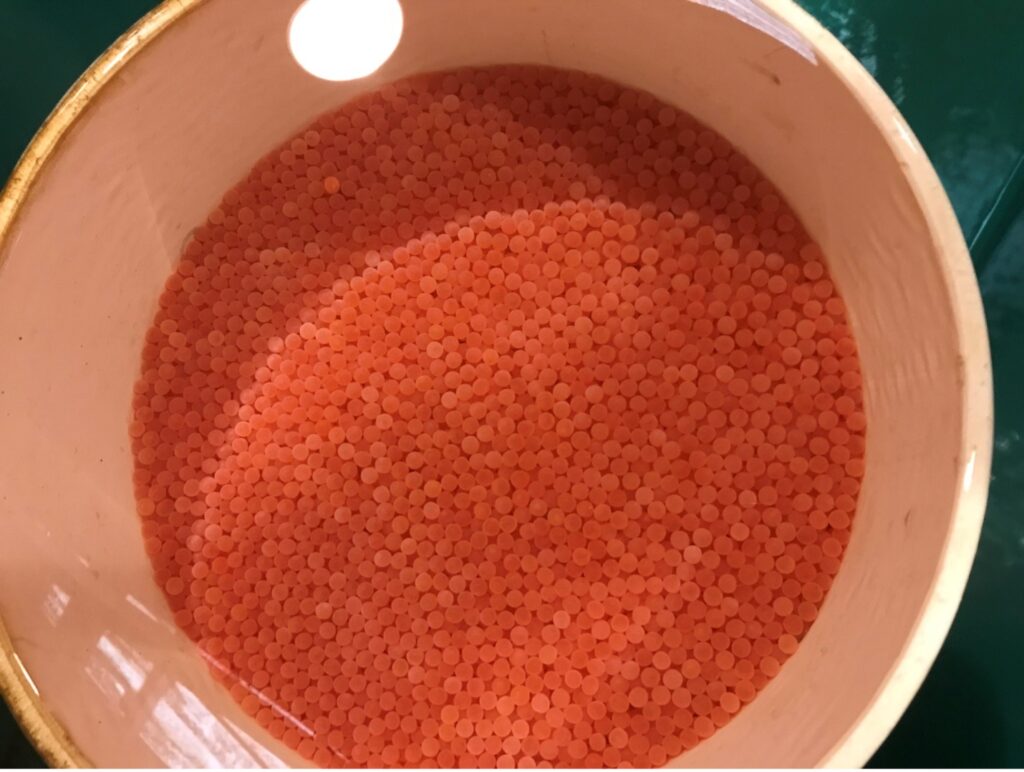
After requests by GSSA to consider increasing hatchery production in light of drought, CDFW has announced the Feather River hatchery will increase the number of fish it produces for release in 2022. GSSA hopes CDFW will use the additional fish to further test and compare survival of fish released in San Francisco and San Pablo Bay release sites. This follows and intense campaign by GSSA that saw CDFW move some San Pablo Bay bound fish to a new SF Bay release site in 2021. Using SF Bay release sites instead of San Pablo sites greatly increases survival of fish.
Season Update

Late winter or early spring 2022 should provide some very interesting information about this year’s salmon run, who caught what in the ocean and inland fisheries, and how many fish returned to spawn and to where. Commercial trollers encountered some fairly dense schools of salmon until they were closed in mid-August. When they reopened on September 1, those schools seemed to be gone or dispersed. The September fishery off Bodega Bay and the Marin County coast, where fall run salmon typically transit and stage before entering SF Bay, didn’t seem to produce any truly dense stocks of fish. On the other hand, there was evidence that fish were slipping by, some clinging to the bottom, in a fairly steady stream from waters offshore the mouth of the Golden Gate. Reports from inland fishing guide indicated on again, off again fishing in the Sacramento River. Extremely low flows in the Feather and American rivers are probably not very enticing to returning adult salmon and no large numbers of salmon are being reported in either river yet.
NMFS Forecasts Hot Water by October

Projections from the National Marine Fisheries Service say that hot river water flowing over spawning grounds is expected to kill salmon eggs from heat in October and November. Some winter run fry have already hatched and emerged from the gravel, but most have not. The prospects for fall run spawning are bleak. Other than hatchery fish, the only fall run that will successfully spawn will be those that stay out in the ocean late and hold off returning and spawning until late November and December, which is late for fall run spawning. Historically fall run spawning peaked in the upper Sacramento in mid-October. Temperatures are forecast to peak around the end of October, reaching 64 degrees or higher, at the confluence of Clear Creek and the Sacramento River. Temperature above 56 degrees kill incubating eggs. Overly generous releases of Lake Shasta water to agriculture last spring, along with drought, are the primary causes of the salmon-killing hot water.
Feather River Spring Run in Low Flow Channel Benefiting From Drain Plug Cold Water
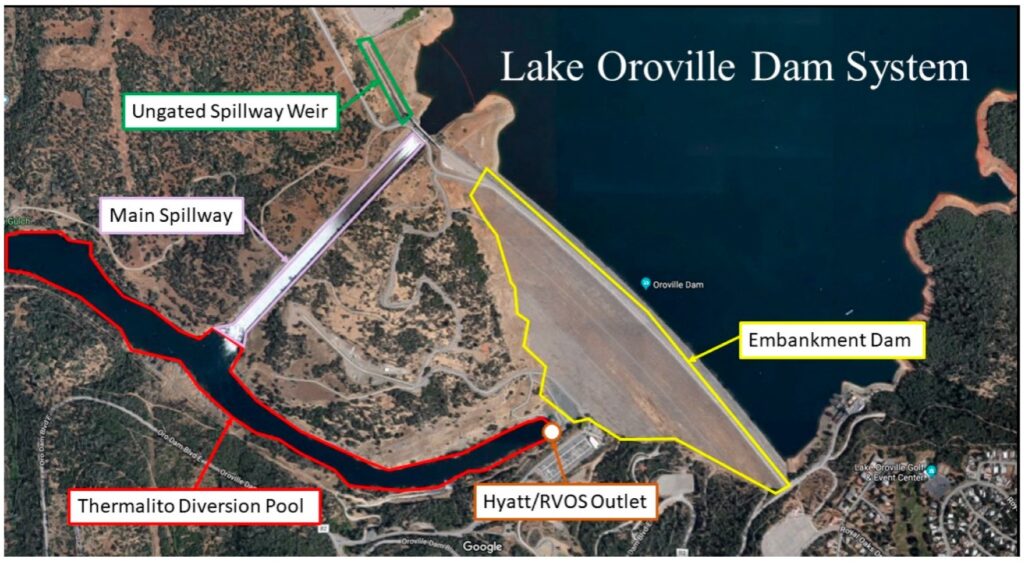
Few would have predicted the drought would throw a life ring to salmon in the Feather River this year. Lake Oroville, behind Oroville Dam, is so low in elevation that water releases can’t be funneled through the dam’s power turbines. Instead, what little water is being released through the dam is coming out of the drain plug (river valve) in the very bottom of the dam. And it’s cold… very cold… like 47 degrees. Spring run salmon (an estimated 5,000 returned to the Feather River this year) are swimming in that cold water and doing fine, we’re told. It would be great if the cold section of the river were more than eight miles long but in this year’s drought, we’ll take it. That cold section of water would be longer but for a hot water source that is dumped into the Feather about eight miles downstream of the hatchery. GSSA has been working to get this problem fixed and we’re making slow but steady progress.
Hopefully the beneficial effect of the cold water, even though it’s a relative trickle, will also help spawning fall run salmon.
GSSA Drought Recommendations to Aid 2022 Salmon
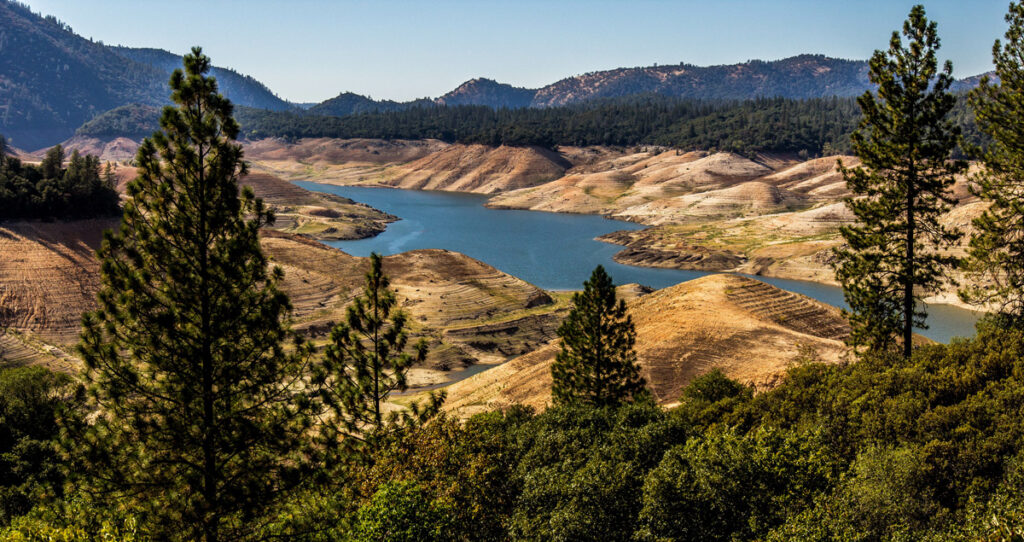
GSSA has been assembling a list of recommended actions the state can and should take next year to address the plight of salmon and drought. Agreement is developing statewide that salmon will need and warrant extra help next year even if it rains and snows hard. That’s because most precipitation that falls will be captured behind dams throughout the Sierra Nevada and not be available to fish and wildlife. Even if we got a very heavy and wet winter, the reservoirs are so low now that they’d be able to handle the inflow without being forced to release water for flood control. It’s likely that the inflow coming this winter will instead be parsed out with great stinginess next spring when baby salmon most need it to make the transition from the Central Valley to the ocean. We are finalizing these recommendations after multiple conversations with state and independent experts and will have more to share on this soon.
Feather River Spring Run Salmon Habitat Expansion Sought

When Oroville Dam’s license to operate expired in 2007, one of the requirements put on it by federal salmon experts in order to be relicensed, is for dam owners to develop additional spawning habitat for Feather River spring run salmon. The requirement from the National Marine Fisheries Service calls for enough new spawning habitat to accommodate 2,000 adult spring run. Dam owners have been trying to comply with this requirement for 15 years and have all but admitted defeat. The truth is that dams throughout the Sierra foothills block access to the spring run habitat that might satisfy the requirement. If the dam owners fail to meet the demand, NMFS can instead require alternative measures to aid spring run. One such alternative would be to require the dam owners to trap adult spring run and release them in parts of the Feather upstream of the dam. This would also require the trapping and transport of resulting baby salmon to release sites downstream of the dam. This practice is widely called trap and haul. It’s expensive and there are technical difficulties including the construction and operation of a trap that can be used to collect baby salmon from spawning waters upstream of the dam. Surveys indicate there are places in the north fork of the Feather River, upstream of Lake Oroville, that would still provide good spawning and rearing for spring run.
GSSA has been in touch with NMFS to explore this ignored requirement and next steps that could be taken.
